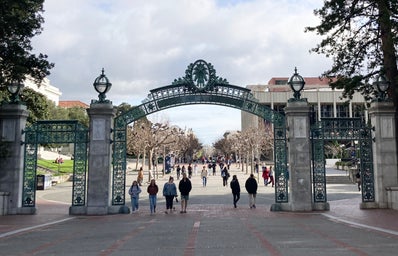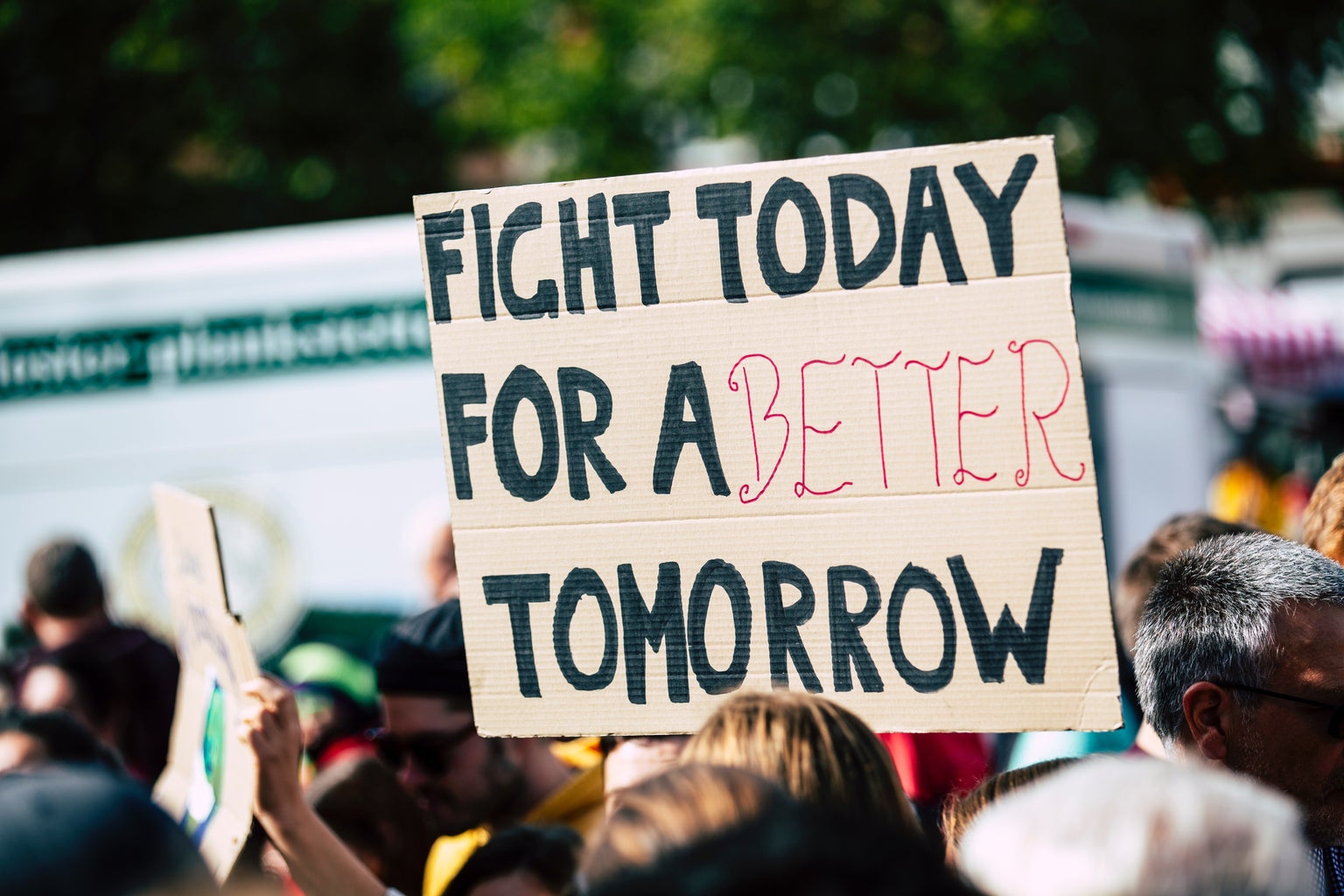The students of UC Berkeley carry quite the reputation. From rampant student activism to brutal grade curves, as well as sleepless students, assumptions about students are often perceived as negative, diminishing the “brain like Berkeley” mantra. But after diving into data and talking to a wide breadth of students, the reality of the Cal student experience proves to be much more nuanced than the way it’s portrayed.
Let’s start with one of the biggest cliches plaguing Berkeley’s image: the pervasive and abrasive “far-left activists” of Berkeley. This criticism is often something I face when I tell people I go to UC Berkeley. “Oh, so are there just protests like every day?” Well, yes, but why is that a bad thing? With a layered and complex history of anti-war protests and free speech movements, especially through the Counterculture movement setting the scene for activism at Berkeley, this stereotype shouldn’t hold such negative undertones. We come from such a rich history at Berkeley, so this use of free speech should be something we appreciate.
In actuality, while liberal views do dominate UC Berkeley, the political engagement has shown to have a great impact on campus and student life. According to a 2020 NSLVE Campus Report, 75% of students registered to vote, and 66% of students voted on Election Day. The high voter registration indicates a strong civic commitment and eagerness to contribute to the political scene at Berkeley. This combats the wrongful perception of Berkeley’s political atmosphere as solely unproductive with no tangible impact. The political engagement of students at UC Berkeley suggests a genuine desire to enact change within politics today.
Academically, the intensity of Berkeley’s rigor also evokes criticism — primarily that top grades are near impossible due to harsh curves and that clubs are even harder to get into than the school itself. And yet, the average graduating GPA yields around a 3.3. Likewise, while some prestigious club acceptance rates may pose as intimidating, there are thousands of organizations that exist for niche interests and have various commitment levels. Like Her Campus (shameless self-plug, I know), there are a variety of ways that students can involve themselves on campus in engaging and accessible ways. Despite assumptions about extreme grade deflation and club exclusivity, statistics point to a vibrant campus culture where students can find a space to thrive academically and socially.
With upwards of 40,000 students spanning a spectrum of subcultures, majors, backgrounds, and interests, no single narrative can perfectly capture the Cal academic experience. While some stereotypes hold some partial truths, the campus climate proves far more welcoming than many expect. Berkeley students cannot be boxed into narrow categories. We contain multitudes of identities, aspirations, interests, and passions. This makes for an incredibly driven, vibrant, and progressive community full of unique and spirited perspectives.



